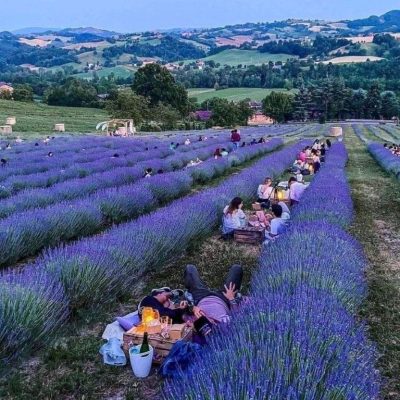Have you noticed how your intentional growth, requires a wider bandwidth these days? To be able to sit with contrasting emotions and contradictory ideas with less reactivity, makes you a HERO in my book! This practice of learning to push away nothing (more acceptance) while at the same time, clinging to nothing (releasing expectations). It’s incredible how our deepest pain and fears can COEXIST with our deepest awe and gratitude for still being alive.

It’s important to embrace hope without having to stuff away our feelings of loss, grief, anger and anxiety. To do this successfully, I pose the two phenomena of post-traumatic stress disorder (PTSD) and post-traumatic growth (PTG) as equally valuable. Many of us are familiar with PTSD, which can occur after a threatening event or events. Symptoms include nightmares or unwanted memories of the trauma, avoidance of situations that bring back memories of the trauma, heightened reactions, anxiety, or depressed mood. When I treat trauma, I teach my clients to soothe their nervous systems by grounding themselves in the present moment. A helpful, first entry point to healing, is bringing awareness to one’s own breathing.
When we lack sufficient resources to process scary events, we integrate that trauma into our body-mind. We begin to see the world as not safe enough, fair enough or predictable enough. Looking at trauma in this way, we can see how continued COVID-19 variants, societal pressures, domestic and global uncertainty can make all of us at risk–walking around with unprocessed PTSD.
Less widely known but equally powerful, is the concept of Post-Traumatic Growth (PTG). This model was first developed in the mid-1990’s by Psychologists Lawrence Calhoun and Richard Tedeschi. It turns out that not everyone who goes through traumatic experiences, develop PTSD.
So, what happens instead? Research has revealed that some nasty dirt particles can actually turn into a pearl. Researchers found post-traumatic growth in participants who scored higher on these five major domains; quality relations with others, reconstructing the meaning of the event(s), identifying personal strengths, seeing new possibilities and increasing one’s appreciation of life.
Post-traumatic growth fosters the idea that transformation occurs, not in spite of the trauma, but as a direct consequence of it. In other words, this deeper type of anchored growth could not have occurred without the trauma experience. Ram Dass said it another way; you can learn to keep your heart open even when you live in hell.
I believe that much of our collective post-traumatic growth is still to come. If we can stay kind to ourselves and others, we can collectively, hold this sacred humane space wide open. Intentional growth means that we can hold both a state of grieving AND still employ our powerful courage that advocates us to be better, happier people. I wish the same for you and for all of us.
With Love & Support,
~Marcia